World Student Christian Federation Europe Region
Ecumenical Journal, 2014/Culture and Higher Education
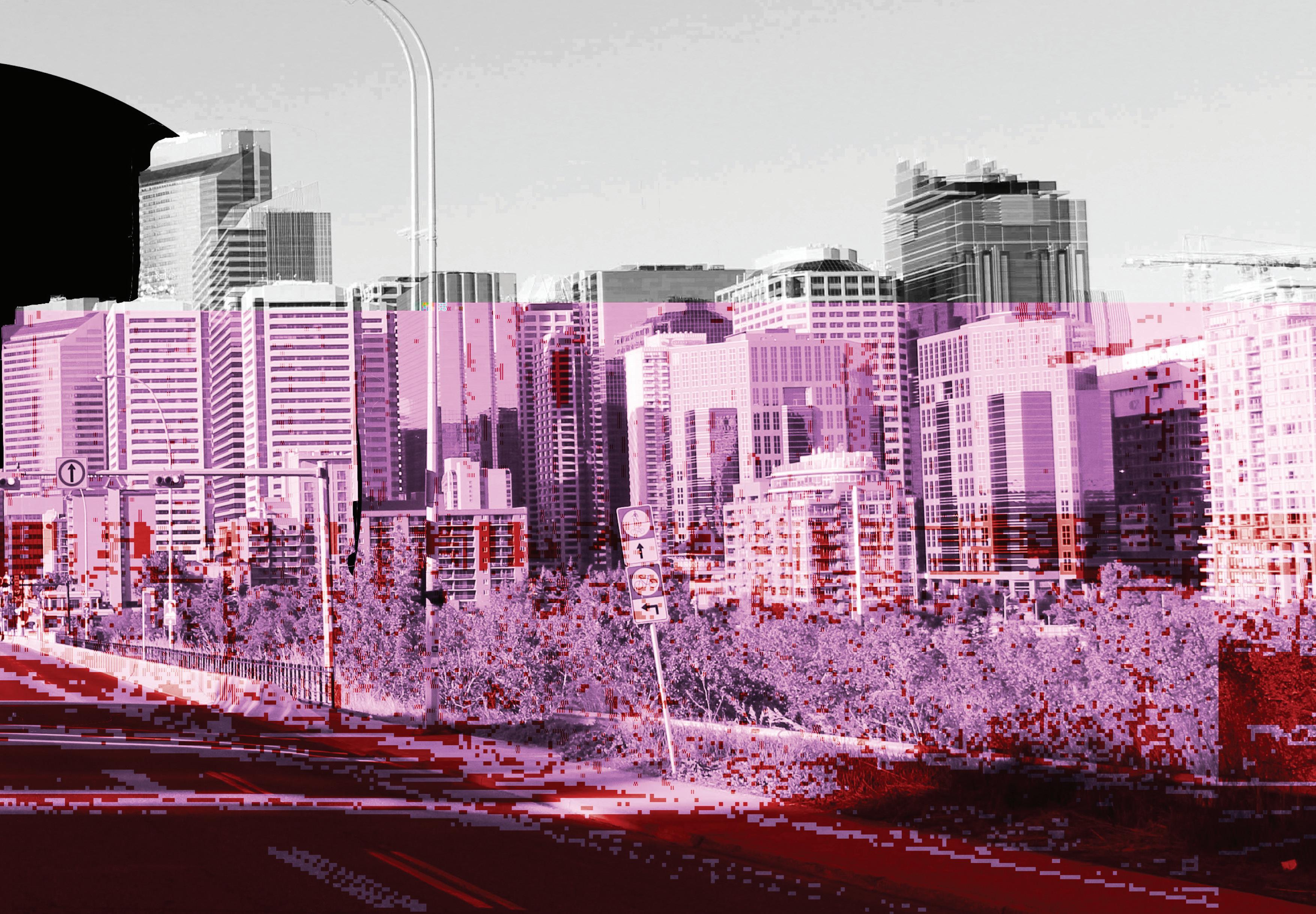

World Student Christian Federation Europe Region
Ecumenical Journal, 2014/Culture and Higher Education

Together
Mozaik (established in 1992) is the ecumenical journal of the World Student Christian Federation (WSCF, 1895) Europe Region, published two to three times a year. It aims to reflect the wide variety of opinions and viewpoints present among the different Student Christian Movements (SCMs) in ecumenical dialogue. You can find us Online at wscf-europe.org.

This project has been funded with support from the European Commission. This publication reflects the views only of the author, and the Commission cannot be held responsible for any use which may be made of the information contained therein.


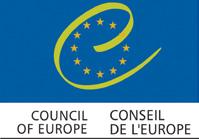
Editor-in-Chief:
James Jackson (United Kingdom)
Art Editor:
Mária Bradovková (Slovakia)
Address:

WSCF Europe
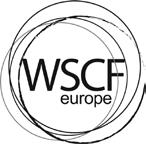
Storkower Straße 158 #710 D-10407
Berlin, Germany
ISSN 1019–7389
Thou shalt not avenge, nor bear any grudge against the children of thy people, but thou shalt love thy neighbour as thyself: I [am] the LORD.
― Leviticus 19:18
We have a stake in one another ... what binds us together is greater than what drives us apart, and ... if enough people believe in the truth of that proposition and act on it, then we might not solve every problem, but we can get something meaningful done for the people with whom we share this Earth.
The Holy Prophet Mohammed came into this world and taught us: 'That man is a Muslim who never hurts anyone by word or deed, but who works for the benefit and happiness of God's creatures. Belief in God is to love one's fellow men.'
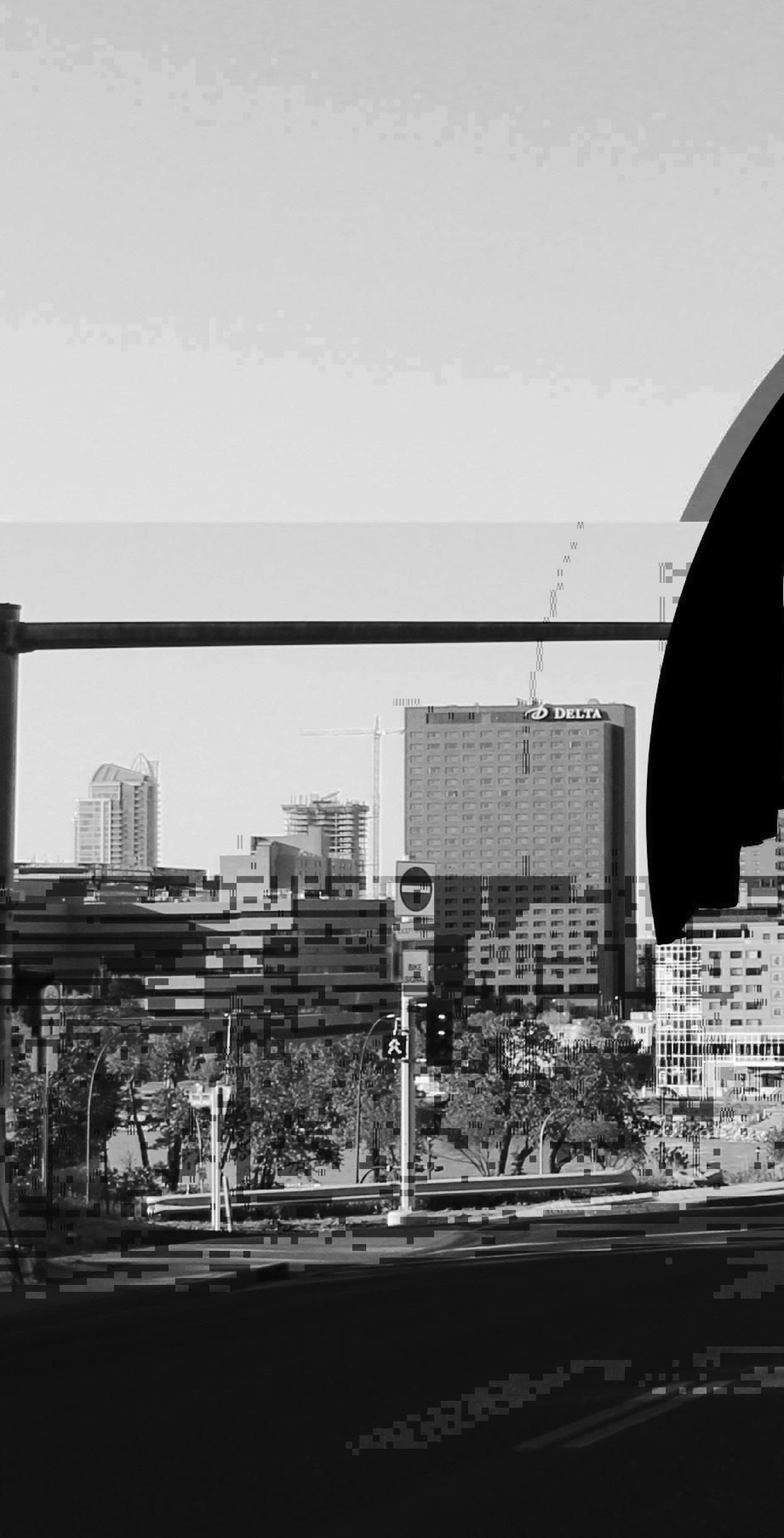
Welcome to a very special edition of Mozaik. I’m sure it’s obvious to everyone that this year has been an eventful one globally. From the Ukrainian revolution and conflict with Russian backed separatists, analysed in these pages by Ukrainian journalist Natalia Rudnichenko, to the fighting in Gaza and the rise of the Islamic State in Iraq and Syria. Within this context of global strife, the work of the ecumenical movement (including WSCF Europe) and all progressively minded Europeans is more vital than ever. Rather than staying within our metaphorical fortress, we have to reach out and engage with other cultures, whether this is through tackling xenophobia at home, peace-building between religions or simply loving a neighbour from a different country. We include in this magazine various visions of how to engage with this multifaith modern world, which paradoxically seems closer and yet more divided than ever.
The title of this edition, Bridging Our Differences, is taken from a conference that took place in Wroclaw, Poland in March-April, organized with the cooperation of Religions for Peace and European Interfaith Youth Network, both interfaith NGOs. For this conference, young people from SCMs across Europe gathered together to learn about interacting with different faiths and cultures, including from Bosnian students, local faith leaders, and intercultural communications experts.
In this edition will be a mosaic of introductions, articles, resources and prayer. This is my first edition as editor-in-chief, and was assisted by our (relatively) new permanent staff member based in Berlin Kathryn Cammish, and also of course by our new Regional
Secretary Natia Tsinstadze, who has written a letter introducing herself and lays out some of her plans for WSCF Europe over the next few years. We have also chosen to republish a prayer issued by WSCF Global to focus our prayers on the Middle East.
We have an article by Rachel Power investigating the role of religion in peacebuilding rather than simply causing war; after this we have the history of the Interreligious Council of Bosnia and Herzegovina, written by one of its founders Vjekoslav Saje. We have an analysis of Catholic Doctrines of Intercultural dialogue and its failings, written by Rui Coehlo, a member of International Catholic Youth Students.
In addition we have Peter Haresnape writing on his experience working as a member of a Christian Peacemaker Team fighting in Canada to protect indigenous rights, and a conversation about God and Faith with Thomas Gilet, who was born to French converts to Sufi Islam and is now an interfaith activist. What’s more, we feature WSCF-E participant Yulia Bajelidze who tells us what WSCF-E means to her since she first attended a WSCF event in 2010. Finally we present a passionate poem by Pip Sides drawing on spiritual themes across different religions and ideas from varied European cultures.
And, as a final piece of news, this may be the final issue of Mozaik in this format as we are looking at embracing new technologies. I hope you enjoy reading it.
James Jackson Editor-in-ChiefInterreligious Dialogue as a Means to Peacebuilding
– Rachel Power
Bad Faith: The Shortcomings of Catholic Doctrine on Interreligious Dialogue
– Rui Coelho
Interfaith Sufi Spirituality
– Interview with Thomas Gilet
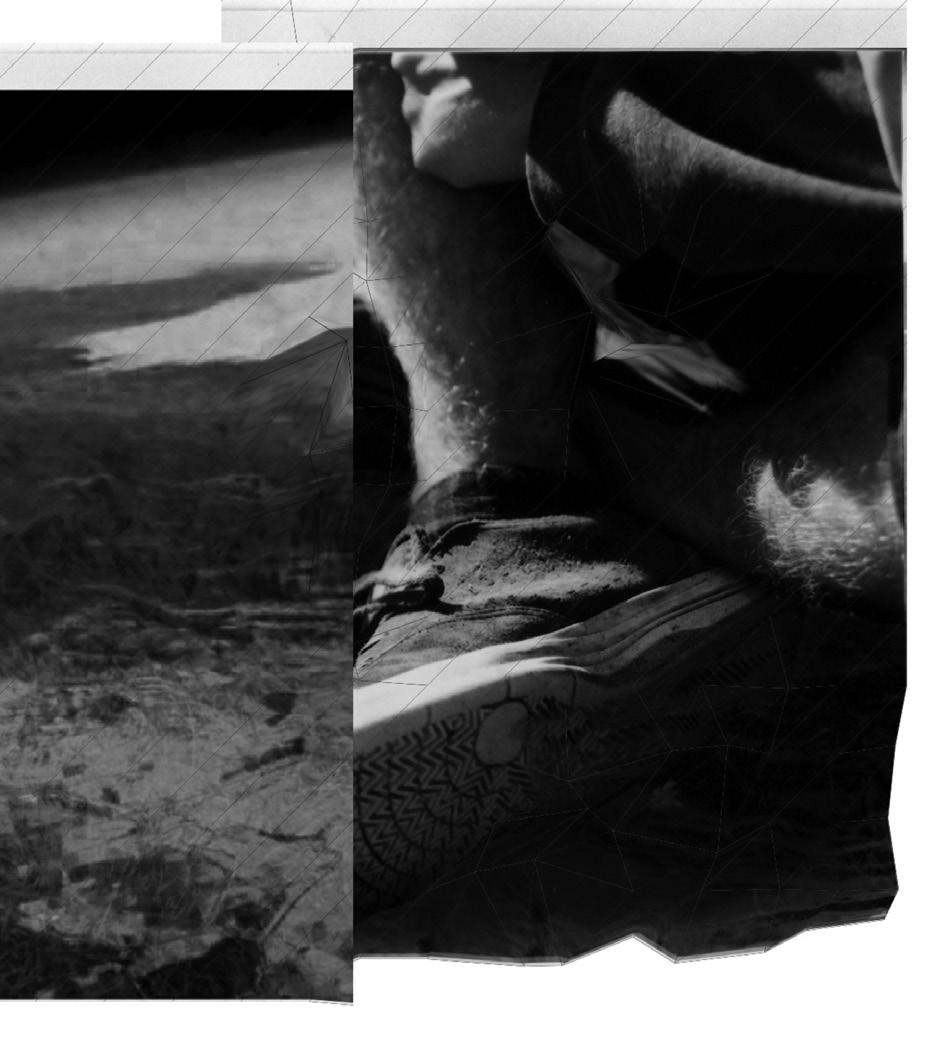
A Spirituality of Decolonization
– Peter Haresnape
History of the Interreligious Council of Bosnia and Herzegovina
– Vjekoslav Saje
The World and Ukraine
– Natalia Rudnichenko
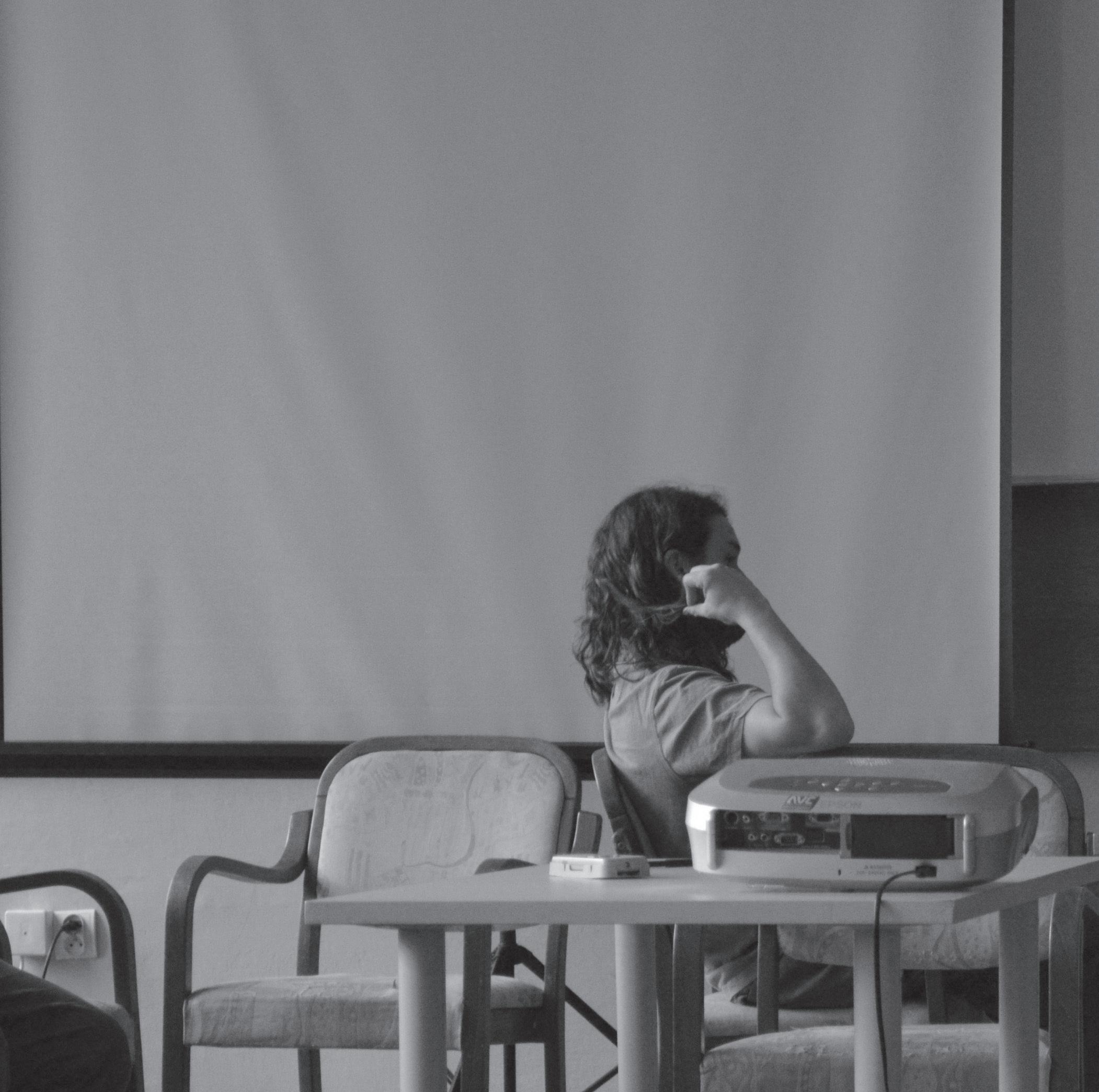
When a stranger sojourns with you in your land, you shall not do him wrong. You shall treat the stranger who sojourns with you as the native among you, and you shall love him as yourself, for you were strangers in the land of Egypt: I am the Lord your God.
― Leviticus 19:33-34
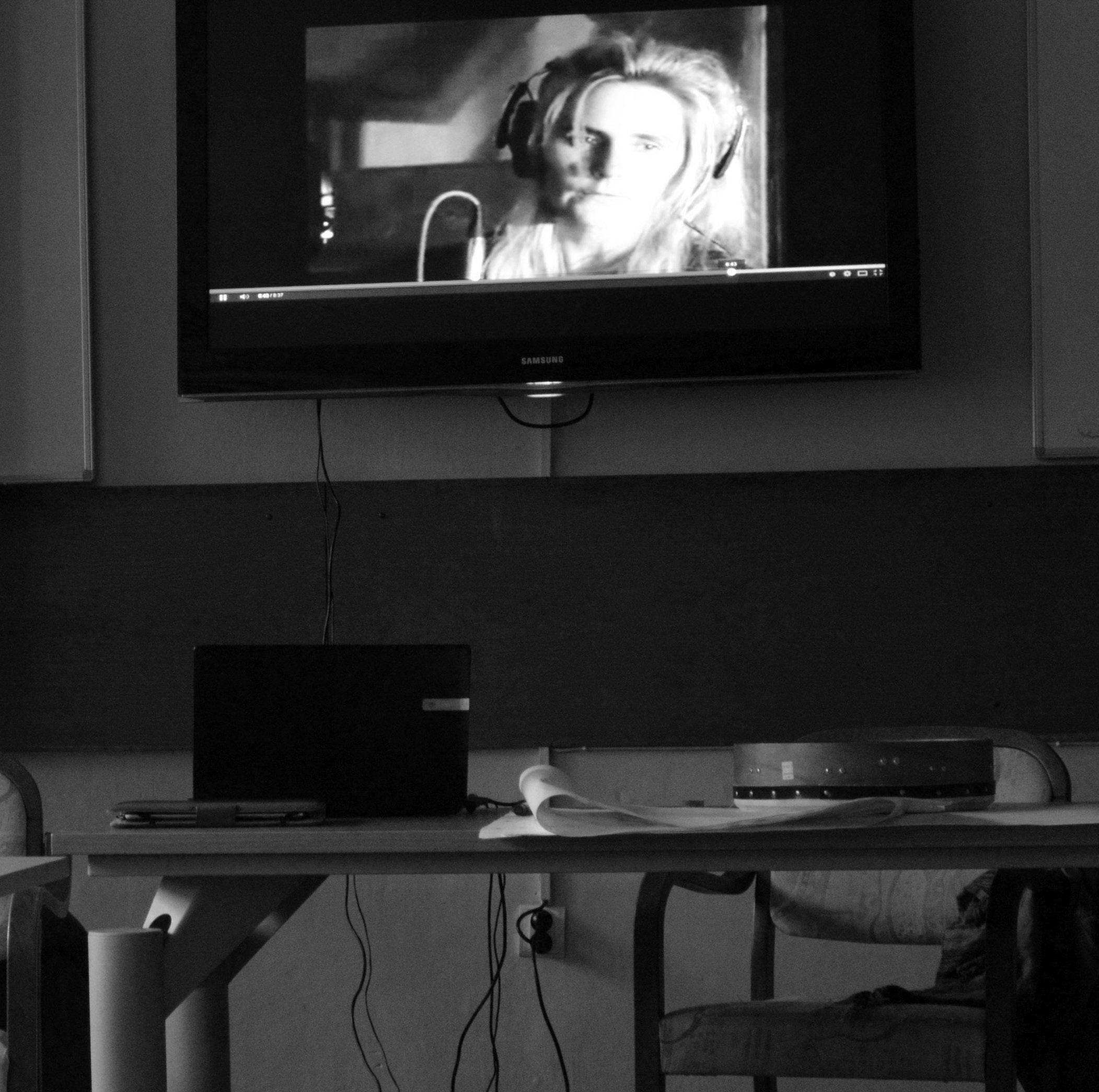

It can be said that in our diverse societies it is now more common to meet and work with people who are different from us in culture and religion. Communication across cultural divides is a skill that you can learn.
Religion is frequently cited as a cause of violent conflict, yet dialogue between faith communities often reveals that religion is not a primary source of tension. Moreover faith – based approaches to peacemaking can be invaluable in promoting understanding and reconciliation.
This article will discuss two elements of peacemaking. One is where religion is a source of conflict and the second is where religion is not a source of conflict. When talking about situations where religion is a source of conflict it’s necessary for religious communities and religious leaders to play a role in addressing the conflict. Even in those situations, almost universally, where we describe a conflict as being about religion – it is really about much more than religion. Religion may be a surrogate for other factors, whether it is ethnic conflict and the ethnic
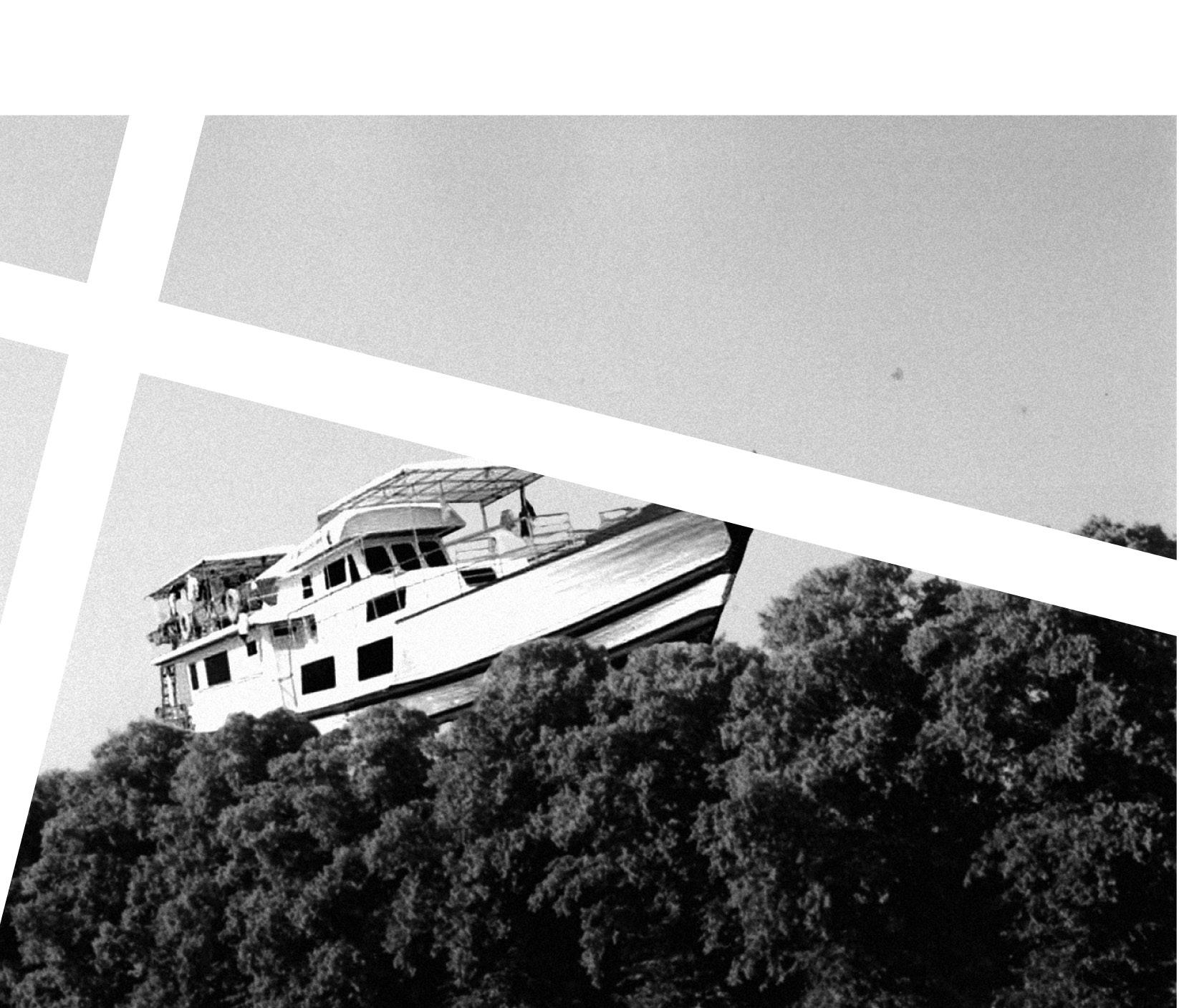
divisions that may overlap with the religious divisions or whether it’s that one religious group is better off economically than another. Religion may be used as a means of mobilising a movement against another group, however it is frequently not religion per se that is motivating the conflict or what lies behind the conflict. So even where there is religious conflict, religion can be considered a much less a driving force than is often thought to be the case.
When talking about cases where religion is not a source of conflict, South Africa provides a good example. In the struggle against apartheid it was religious leaders (particularly in the African community – but also among liberal whites) that were at the forefront of non-violent protest, pushing for change, and trying to challenge the consciences (the Christian consciences) of those who were underpinning the apartheid system.
In the case of Central America, where conflicts have not been religiously motivated or divided along religious lines, religious leaders have played a part in bringing about peace. David Smock said in his book Interfaith Dialogue and Peacebuilding that while these weren't religious conflicts religious organisations and religious leaders were at the forefront of bring-ing peace there.
Some of the challenges facing faith-based peace building can arise when some religious leaders have decided that they want to become directly involved in promoting peace. If some of those higher up in the hierarchy (in the religious tradition) are against this – and this was the case, for example, in Sri Lanka where I personally saw it occur – where some of the higher ranking Buddhist teachers supported the government in its work to combat the LTTE and they supported the military intervention. So when other Buddhist leaders beneath
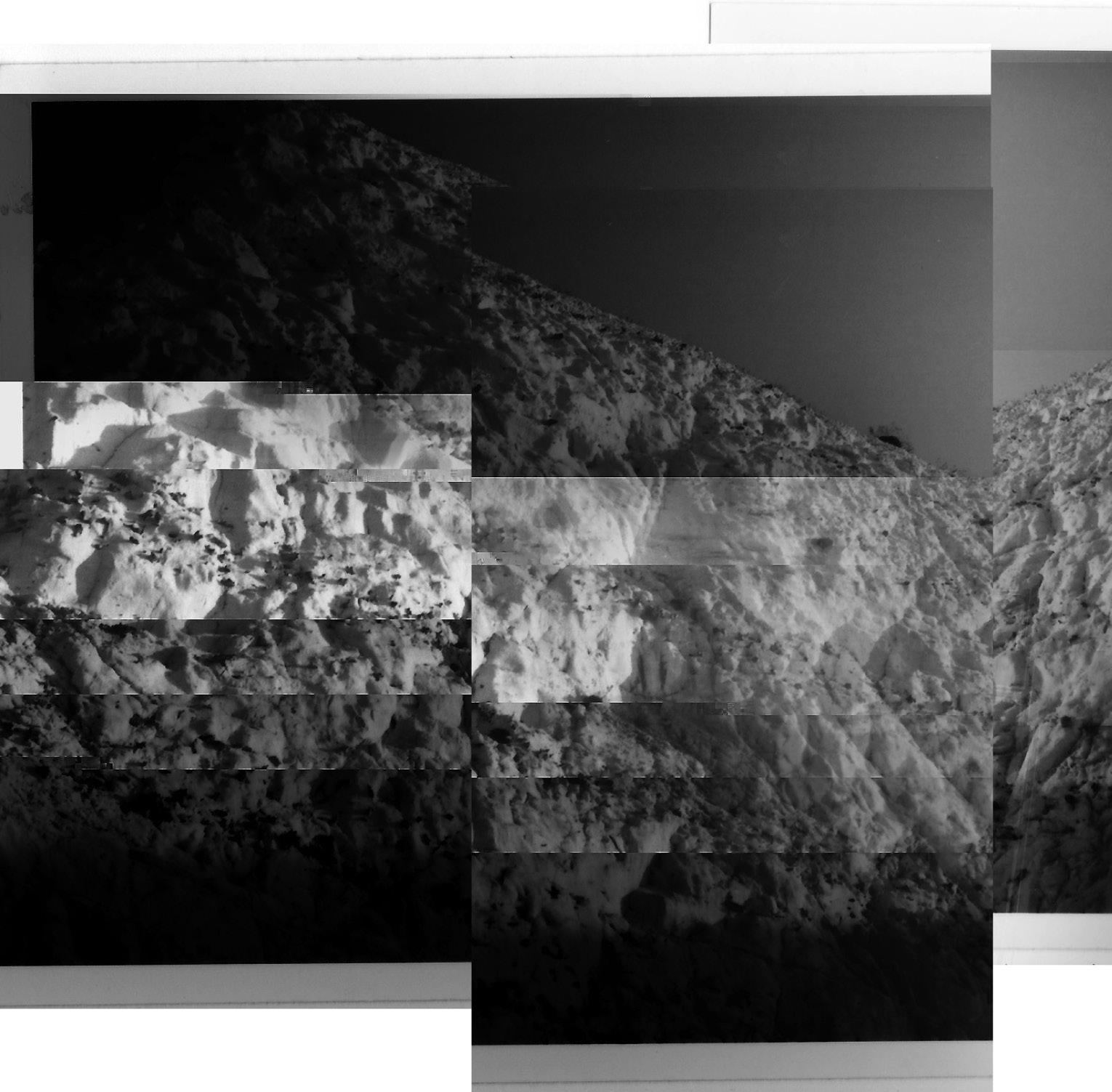
them want to promote peace and want to promote political resolution to the conflict, they can be against those within their own faith tradition and their own superiors, and that can create conflict within their own community. It can also, if those superiors respond by criticising them, delegitimize them. It can take away their very authority as a respected religious leader within their community.
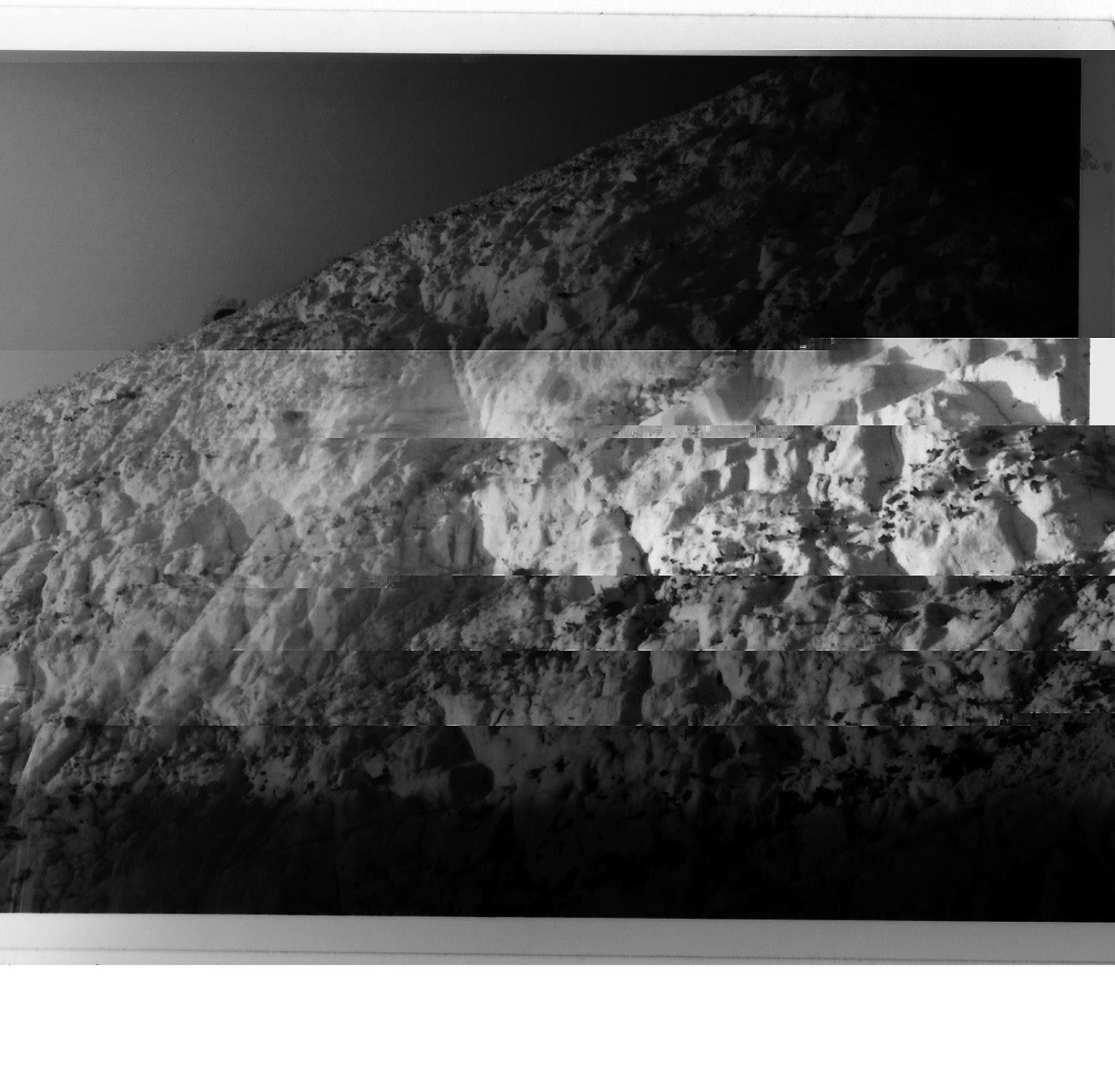
Interfaith dialogue is more than just a conversation in several regards. For one a conversation implies a degree of tranquillity that is often absent in interfaith dialogue. A conversation suggests that two people engage in a discussion about something which they don‘t necessarily care passionately or don‘t necessarily disagree fundamentally about with each other; but interfaith dialogue is more than a conversation in that it can generate deeply-held emotions, it can touch at the very depths of people‘s being and their orientation toward life and toward the divine. In addition, it‘s more than a conversation – if it‘s handled well – because it goes beyond talk: it involves shared activities; attending each other‘s religious services; explaining to each other particular religious practices; it can entail joint activities where they‘re engaged together in some faith-based activity addressing some justice issue, or some human need together. So it goes well beyond just conversation. David Smock says in his book Interfaith Dialogue and Peacebuilding that interfaith dialogue looks to “things that they can do jointly”.
I think there is greater interest today in inter-religious dialogue because there is greater awareness of the ways in which religion has propelled conflict in the past, and there is greater interest in how to engage religious leaders and religious communities and organisations in efforts towards promoting peace. Often in the past the religious dimension of conflicts was ignored in efforts towards conflict resolution, and that meant that those religious actors and organisations who were potential
Faith-based approaches to peacemaking can be invaluable in promoting understanding and reconciliation.
partners for peace were sidelined. There is greater recognition of this now after the identity-based conflicts during the 1990‘s in which religious nationalism sometimes played an important role, and following September 11th 2001, which clearly drove home in the United States the salience of religion in international affairs and in conflict. This can also be seen from my own country with the Troubles in the North of Ireland.
Religion is an important dimension that informs political policy and in turn that informs international relations, and that it needs to be engaged. There are plenty of resources within the religious realm that can be employed to promote peace, good governance and human rights around the world. When there are divisions between religious communities and there are no avenues for engagement between them, this exacerbates distrust between communities that can lead to violence, and so there is a need to create these avenues for engagement; these relationships between communities can act as a way to prevent violence on religious grounds from occurring again.
Interfaith dialogue, once it‘s conceived by a group of religious leaders, is, in practice a major task. It‘s a systematic approach to thorough dialogue, leading to a point where you are asking individuals to think about their core values; what it means to be who they are, and how they relate to other people. To do this may sound like it‘s a conversation, but it is a very systematic approach. If you take an example theme – and most dialogues are based on themes – you may have a church and a mosque which are very interested in poverty and in helping child refugees in a conflict zone. They first have a dialogue; they think about why Christians and Muslims should be committed to child refugees in Darfur, Sudan. Why should they be committed? They‘ll speak about the historical issues, but then they‘ll get to the real issues.
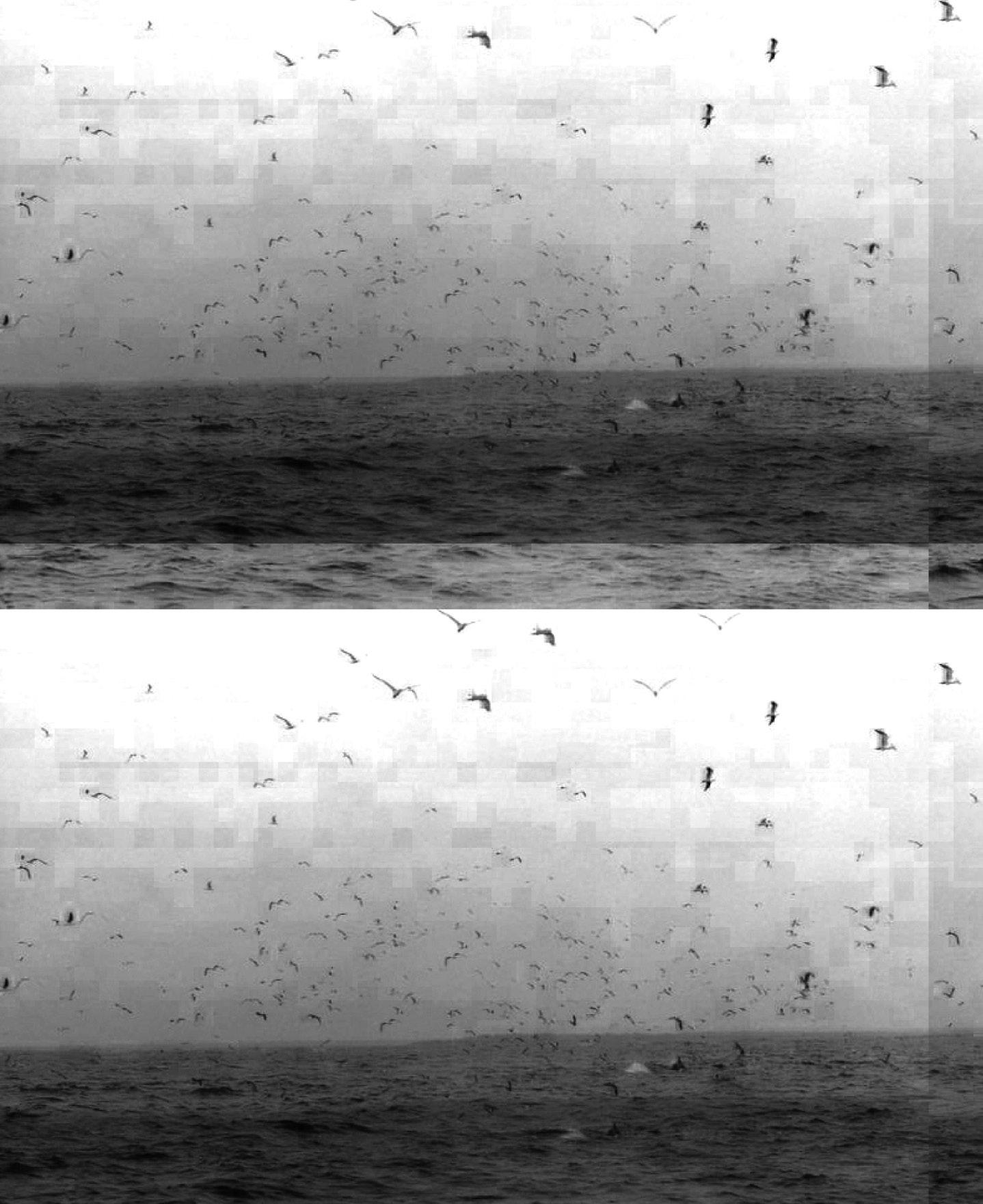
What is the praxis? What is the essential approach on the ground that we need to do? So the dialogue will then lead into steps, as two groups coming together. How do we help refugees? Where do we find local partners to save them? Where do we find clothes? How do we dis-tribute those clothes? How do we protect them? Which politicians can we work with – that can help us
– and which do we see as allies to help in our program protecting child refugees? So the dialogue might start as a conversation, but when it comes to a particular theme that affects conflict-stricken communities around the world, it‘s very structured, it‘s very system-atic and it‘s very real in saving people‘s lives.

An interfaith dialogue can adopt a variety of goals but it‘s essential that there are goals. To just meet with another community unprepared and expect something positive to come out of it is generally a false hope and expectation. The situation could deteriorate into accusations of one side against the other. The most extreme elements could speak out and make charges against the other community. So, you need to have goals and maybe a simple goal would be to attend the religious services of the other community and have that community interpret what‘s happening at the religious service. That‘s probably the simplest form of dialogue. Or perhaps a discussion on religious texts where you talk about similar texts aimed at the same ethical principles, or the same theological principles, and explain where there are variations and differences between the texts. Or maybe to talk about issues from the ethical perspective of the three great Monotheistic faiths and to talk about how the different faith traditions re-flect on some public policy issue.
I am going to finish off with a quote from David Smock’s book Interfaith Dialogue and Peacebuilding: “there are a range of ways that people can approach interfaith dialogue, but it‘s essential that the goals be set out and the methodology be agreed upon before you embark on it.” �
Rachel Power is from Co. Waterford in Ireland. She has a long background of studying theology with her specialty in Intercultural Theology and Interreligious Studies which she undertook at Trinity College Dublin. Rachel is now one of seven co - founding directors of SCM - Ireland.

It’s hard to watch the news today without seeing reports on religious violence. Despite the political reasons behind the intensive media coverage of certain extremist Islamic groups like Al-Qaeda or ISIS, it’s impossible to deny that across the history of mankind, faith has been the reason for many wars and suffering.
This may be unexpected, especially since almost all religious traditions advocate for goodwill, empathy and solidarity, but it’s the reality. As the Swiss Catholic theologian Hans Kung affirms, “There will be no peace among the nations without peace among the religions. There will be no peace among the religions without dialogue among the religions”. That’s why, in the context of a violent world, it is important to take decisive steps on interreligious dialogue.


This article explores the Catholic doctrine on interreligious dialogue with the aim of exposing how its inherent colonialist logic may severely obstruct any attempts to establish mutual understanding and good relations between different faith traditions.
Interreligious dialogue is the practice that tries to build positive, cooperative and constructive interactions between people of different religions or beliefs. The main goal of these initiatives is not to convince other groups of the superiority of our faith nor to change our beliefs in order to find common ground with them (what is called syncretism). We can only talk about interreligious dialogue when the aim of the interactions is to acheive acceptance among the participants. In this context, acceptance must be understood as a sum of good relations and mutual understanding.
The history of interreligious dialogue is almost as old as religion itself. Since ancient times, there have been many men willing to engage peacefully with people from different backgrounds and learn from them. One example of this was the Emperor Akbar the Great who in the 16th century adopted a policy of religious tolerance and pluralism for the Christians, Muslims, Hindus and Sikhs in Mughal India.
An historical mark on the development of interreligious dialogue was the creation, in 1893, of the Parliament of the World’s Religions. This attempt to create a global dialogue of faiths resulted in a series of meetings of representatives of different churches and religious traditions, the last one in 2009, in Australia.
Since World War II efforts have intensified, especially among Abrahamic religions (Judaism, Christianism and Islam). In 1965 Nostra Aetate was published as part of the Second Vatican Council documents. This text, which we will look into later, established the Catholic Church’s new position on interreligious dialogue. It was also

during the 1960s that, motivated by the struggles of the civil rights movements, American religious institutions began a fruitful dialogue.

The first World Day of Prayer for Peace was organized by Pope John Paul II and took place in Assisi, in 1986. Representatives of several Christian denominations (Orthodox, Anglican, Baptist, Lutheran, Mennonite, etc.), as well as Islam, Hinduism, Judaism, Sikhism, Buddhism and others, gathered in the Italian town to pray together for peace. Since this historic event, two similar World Days of Prayer for Peace have taken place (1993 and 2002).
Other initiatives and meetings have been organized by different organizations and interreligious dialogue has become a part of the everyday reality of religious institutions across the globe.
The Catholic position on this, as stated on Nostra Aetate, is that since the various religions attempt to answer humankind’s existential questions on the moral good and the meaning of life, they are all valuable and all converge around the Truth. The document states:
“The Catholic Church rejects nothing that is true and holy in these religions. She regards with sincere reverence
The main goal of interreligious dialogue is not to convince other groups of the superiority of our faith nor to change our beliefs in order to find common ground with them.
those ways of conduct and of life, those precepts and teachings which, though differing in many aspects from the ones she holds and sets forth, nonetheless often reflect a ray of that Truth which enlightens all men.”
This recognition of the value of other religious manifestations opens the door to the construction of good relations among faiths. The same text exhorts the Catholic believers to engage in “dialogue and collaboration with the followers of other religions”. These interactions have as their main goals the effort to “recognize, preserve and promote” the best cultural, spiritual and moral values “found among these men”, and to “promote together for the benefit of all mankind social justice and moral welfare, as well as peace and freedom”.
Another consequence of the recognition of the value of other beliefs is the reproval of “any theory or practice that leads to discrimination between man and man or people and people”, especially those advocating religious intolerance and conflict.
Later, in 1974, the Vatican’s Commission on Interreligious Relations published the Guidelines and Suggestions for Implementing the Conciliar Declaration Nostra Aetate. The document maintains the same spirit of good-will and suggests fraternal dialogue, doctrinal research, prayer in common and even common social action “in the context of a search for social justice and for peace”.

Recognition of the value of other religious manifestations opens the door to the construction of good relations among faiths.Bad Faith I Rui Coelho
The apparent openness and good intentions of these documents contrast with the strong christocentric position stated on Lumen Gentium (another text of the Second Vatican Council). It defends the doctrine that Christ is the only saviour and mediator between humanity and God. Therefore, no one can reach spiritual bliss or salvation if not through the Church, here presented as the only gateway to Christ. The same text even advocates that “all men are called to belong to the new people of God [the Church]”.
Simillar reasoning is found in the Catecism of the Catholic Church, the main compilation of Catholic doctrine compiled by Pope John Paul II, in 1992. It uses John 14:6, where Jesus says “I am the way, and the truth, and the life”, to declare that Christ is the only“mediator and the way of salvation” and, so, "outside the Church there is no salvation".

This is in direct contradiction with the affirmation, in the same book, that “the plan of salvation also includes those who acknowledge the Creator”, namely Jews and Muslims. Taking this quotation as having higher authority than the previous ones, believers of Judaism and Islam may have a chance to attain salvation, by virtue of having shared spiritual roots with Christianity.
Unfortunately, the same inconsistency doesn’t apply to non-Abrahamic religions. Their spiritual traditions, some of them even older than the Christian faith, are said to be a “search among shadows and images, for the God who is unknown” which benefits the believers by acting on their hearts “as a preparation for the Gospel”.
Instead of an openness to true dialogue and mutual understanding, this kind of reasoning is symptomatic of a colonialist worldview. The colonial process was a movement of European expansionism. First by the means of sending missionaries and traders, and later through conquest and military occupation, the European
powers spread their own cultural perspectives as well as their social, political and economic models all over the world.
If the main material consequence of that process was the universalization of the capitalist economic system, the colonialist experience had also great implications for how we think about the world. It brought about the hegemony of western epistemology and, consequently, the subjugation or extinction of other worldviews and ways of thinking. This resulted in a cultural impoverishment of humanity.
Boaventura Sousa Santos, a Portuguese sociologist, explores how the colonialist mentality took root on the human psique, giving birth to what the author calls “abysmal thought”. He describes it as “a system of visible and invisible divisions”. The divisions are established across lines which divide the social reality in two distinct universes: the universe of “this side of the line” and that of “the other side of the line”. Being exterior to our universe, the “other side of the line” is perceived with hostility and faced as an enemy.
To sum up, abysmal thought is a pre-reflexive presupposition turned into a category of our perception that makes us perceive every piece of empirical data according to hierarchical dichotomies.
By this mentality, everything is divided in two opposing sides where one should be extended and universalized while the other is to be subordinated or even extinguished. Man-woman, heterosexual-homosexual, urban-rural and left-right (or right-left, depending on who is talking) are some of the contemporary categories that embody this kind of dualistic and hierarchical mindset.
The abysmal thought is visibly present in the Catholic doctrine on interreligious dialogue. It’s statement that Christ is the only way, along with the belief that there
is no salvation outside the Church, makes a radical distinction between those “on this side of the line”, the saved ones, and those “on the other side of the line” who are wrong and can hardly hope for anything good on the after-life unless they let themselves be absorbed into Christianity.
If every other religion is undoubtedly erroneous, then there is little to learn from them and the point of interreligious dialogue is, at best, to keep the disagreement peaceful and, at worst, to convert our interlocutors, furthering the cultural homogenization and impoverishment that is the heart of the colonialist endeavour.
Despite the good intentions expressed by the Council through Nostra Aetate, the Catholic Church still advocates a position based on bad faith and doctrinal arrogance which threatens the efforts of interreligious dialogue and, consequently, world peace. �
Rui Coelho is a member of the Movimento Católico de Estudantes, the Portuguese chapter of the International Young Catholic Students. He has a degree in Political Science from the School of Social and Political Sciences, University of Lisbon and is currently writing a thesis about Lisbon’s new social movements, for his master’s degree in Sociology.


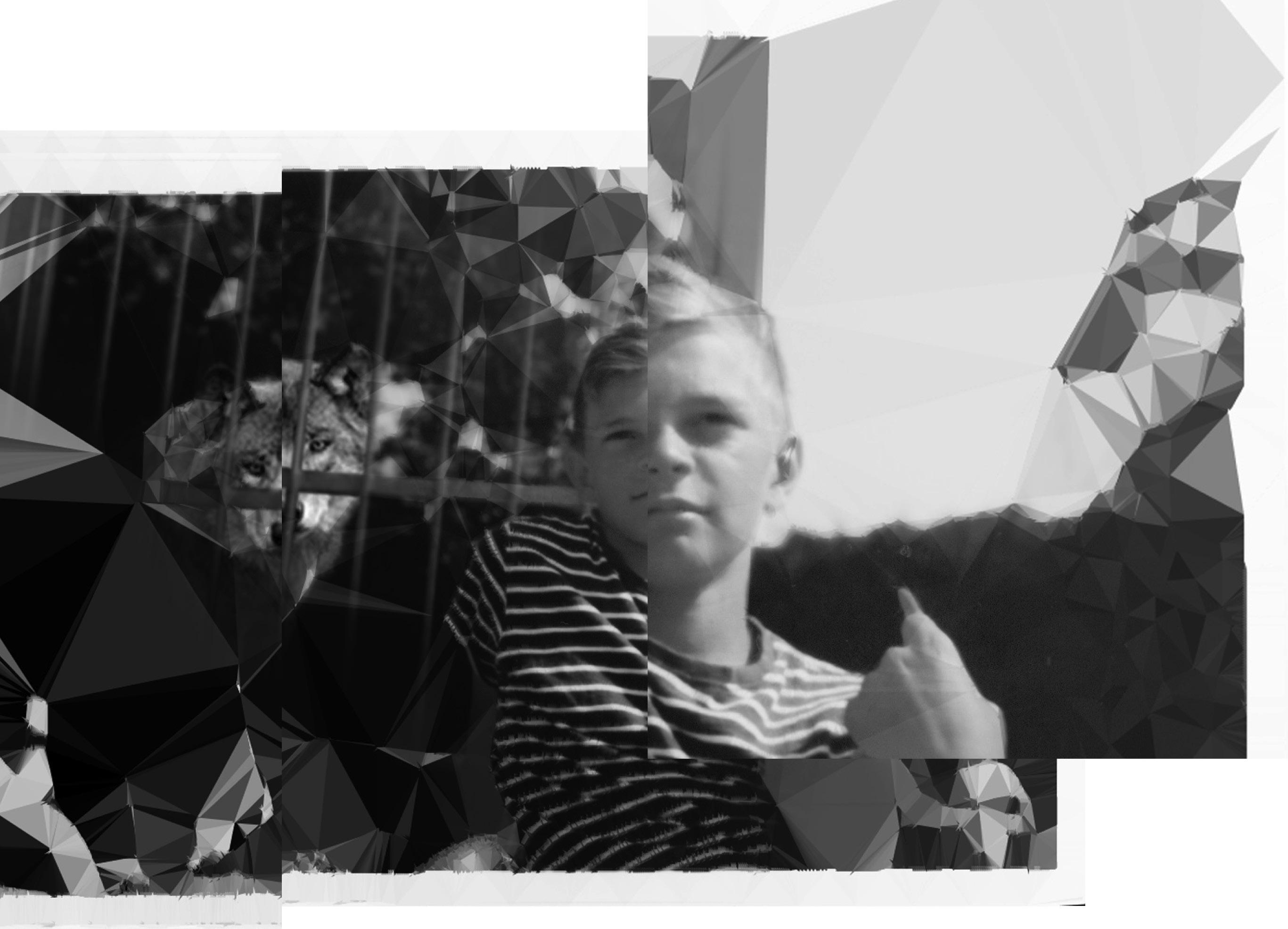
James Jackson: So Thomas, before we begin, how about you can tell me a bit about yourself? Where are you from?
I am from France, born in Sarlat, a famously historic place where people have been living for a very long time.
So what is your family background?
Both my parents felt a spiritual need for something more than Catholicism - I don’t know what was missing, not something pragmatic but just a feeling. They both felt this need separately before they met in a providential way; they were looking for the same book in a small bookshop and afterwards started dating. After they got married they investigated Buddhism, Judaism, and Protestantism trying to find their own way. My father travelled around the Maghreb (Morocco, Algeria, Tunisia and Libya). At one point my father heard about a very famous North African master called Sheikh Khaled Bentounes, master of Tariqa Alawiyya, a Sufi religious organisation. He went to Paris to see him speak at a conference and he had a spiritual conversion experience; he felt this was his “way” so, in 1987 both my parents became Muslim and part of TariqaAlawiyya, when I was 1 year old, so I was brought up totally in the spiritual Sufi tradition. They follow the basic rules of Islam but they still look French. They came to Islam through Sufism, the opposite of most people, who usually discover Sufism after already being Muslim. Generally in Europe people born into Islamic cultures focus on the cultural aspects rather than the spiritual. Sufism is a mystical Sunni tradition.
Nowadays, a lot of people come to Islam because they feel lost in their life and they want the strict rules of Islam to rebuild their life thought the rules, and they forget the rules and traditions of their own culture. My parents are the exact opposite. My parents wanted something totally different. They wanted to find the deepest feeling of the meaning of life, more spiri-
tual and really alive - as there was a real master in front of them when they converted. This is like how people react to the Dalai Lama. There is something different about him. God gives everyone different skills some people are good at science, mathematics, etc.; personally I’m good at understanding people, that’s my gift, I’m bad with computers for example.
In Sufism people don’t drink. From my personal perspective, drinking one glass doesn’t matter, as long as you have your conscience, because you have to be responsible for all your life. God gave you consciousness, so you have to keep it. Drunkenness makes you irresponsible and you must always be responsible to god, that’s why it’s forbidden. Everything that makes you lose your mind is forbidden. So in my personal perspective it’s not really forbidden to have a drink but to be drunk because you lose your consciousness.
I was never a big drinker before I got into Sufism more deeply when I was 21. I was thinking about life deeply before that, everybody called me a philosopher, so I felt like I wanted to do it more deeply, and I’m still trying!
I was educated in a spiritual way, and so when I go to Buddhist people or Sikh people I feel at home, I feel the same spirituality as them, we have the same values, mainly fraternité, caring about human beings (I have also felt this at a Buddhist/Dharma conference in the UK). We share compassion towards animals, killing them in a way that’s respectful of their way of life. Halal, by the way, is not just about killing animals, but it’s about living a righteous life.
From my perspective, religions are all one piece of the same puzzle. In every piece we have the same puzzle but they have differently developed parts. So for Sikhism, there is a great emphasis on compassion. I’ve personally
never heard of as much compassion in Islam as I have in Sikhism. This helped me discover that when you see another religion you are able to know more about the subject that is developing more than in your own religion. So if I stayed only with Sufis I wouldn’t have heard about compassion in the same way. However I should point out that a real Sufi is a saint, someone who is very very close to God; I am just a Fakir (someone desiring knowledge of God).
How do believers from traditional Muslim cultures like North Africa react to your unorthodox views?
The good thing is I don’t look like a Muslim. I can talk to a Muslim guy and not tell him I’m a Muslim. Sometimes I don’t tell them because they might not understand the journey I’m on, and might not be sympathetic because I don’t pray. Sufism is a real way of living, not just a set of rules. I grew up outside of a Muslim community so I have the spiritual way but not the cultural or legal way. So spiritual people understand me but it’s problematic for more practical legalistic people. God will give the
authorization to pray when I will be ready to do it. Prayer is not just the practice, it is something more deep. One is allowed to do something when you’re ready, that’s a typical Sufi attitude. Sufis don’t push you, but try to help you on your way. Sufism is about a link between you and God, the Sheik is just there to help.
And what about prayer?
My main goal is to practice the law more. With your legs, you need both of them to walk; in the same way you need both law and spirituality to serve God. God gives you what you need in the right place at the right time. When I said to my master I need to go forward religiously, he said to keep going on my path. This July he is allowing me to go on a spiritual retreat.

Do you have a particular place of worship in London? I take it you don’t go to Finsbury Park mosque (a famous fundamentalist mosque).
I don’t go to the Mosque because I’m too strange for them there because I’m white and into interfaith spirituality.
So where does Sufism come from? Give me a bit of history.
It has been around since the beginning of Islam, and it gained another form in the 16th Century. Sufism was practiced in Turkey and in the Ottoman Empire, in Senegal and in North Africa. The famous Persian poet Rumi was Sufi.
So how do you see interfaith work? Is it a social exercise or a spiritual one for you?
For me, it is definitely spiritual, because if you agree on the spiritual then you will manage all other topics. Let’s say we are in a deep conversation with Jewish people, then the superficial things won’t matter if you share a serious and helpful common point after, so maybe Kosher/ Halal won’t seem like such a big difference afterwards. We should try to share our common points, to learn about the richness of our differences. The real richness is not in the common points, but the differences. First we must share the common point to create an atmosphere of brotherhood, and afterwards we then must learn about the differences.
This is the real meaning of the v 13 Surat 49 (Yusuf Ali translation):
"O mankind! We created you from a single (pair) of a male and a female, and made you into nations and tribes, that ye may know each other (not that ye may despise (each other). Verily the most honoured of you in the sight of Allah is (he who is) the most righteous of you. And Allah has full knowledge and is well acquainted (with all things)."
If everyone was the same then we wouldn’t learn from each other. This is true of man and woman as well, like Ying and Yang we share characteristics, but we need others to complete ourselves. The “pure/righteous” part encourages you to go through the religion into the spirituality, and then God will love you.
This verse isn’t pushing Islam above all religions, it just wants to push you through the religion and through others. You have to respect others, because all nations and tribes are created by God, this is what I would say to a terrorist: look in your Quran, you must respect everyone, Germans, Americans Muslims, and Protestants...
Practice not just the law but also the spirit, give food to your soul. If you do this, Allah will love you.
It’s not a problem, I can learn from everybody. Religion first of all is a link between one physical person and one spiritual entity, between cult and culture in French. Everything someone does is cult in French, they don’t talk about anybody else, it’s the private relationship with God, but spirit is most importantly spirituality. We think of religion as purely social but the individual side has been forgotten, that is culture not religion, like drinking beer in Britain is culture it has nothing to do with God.
I don’t know, everyone has to find their own answer but God will still care for them, but the more you care about him the more he will care about you. “If you walk 1 step to God, he will run 2 to you,” it says something like that in the Quran.
It’s up to each individual person. Personally, I’m not here to judge someone, I’m here to learn from them. I know for me spirituality is useful. If someone doesn’t find that, that’s not a problem for me as long they’re a good person, they can still be my friend and share my hospitality. Sheik Khaled said he will give his advice to anyone, no problem, Muslim or not. �
Thomas Gilet was born to Fremch Muslim parents, and is currently involved with the Muslim Scouts of France. He works for interfaith activism and awareness for the European Interfaith Youth Network.

And the second [is] like, [namely] this, Thou shalt love thy neighbour as thyself. There is none other commandment greater than this.
― Mark 12:31
Diversity is the magic. It is the first manifestation, the first beginning of the differentiation of a thing and of simple identity. The greater the diversity, the greater the perfection.
― Thomas Berry
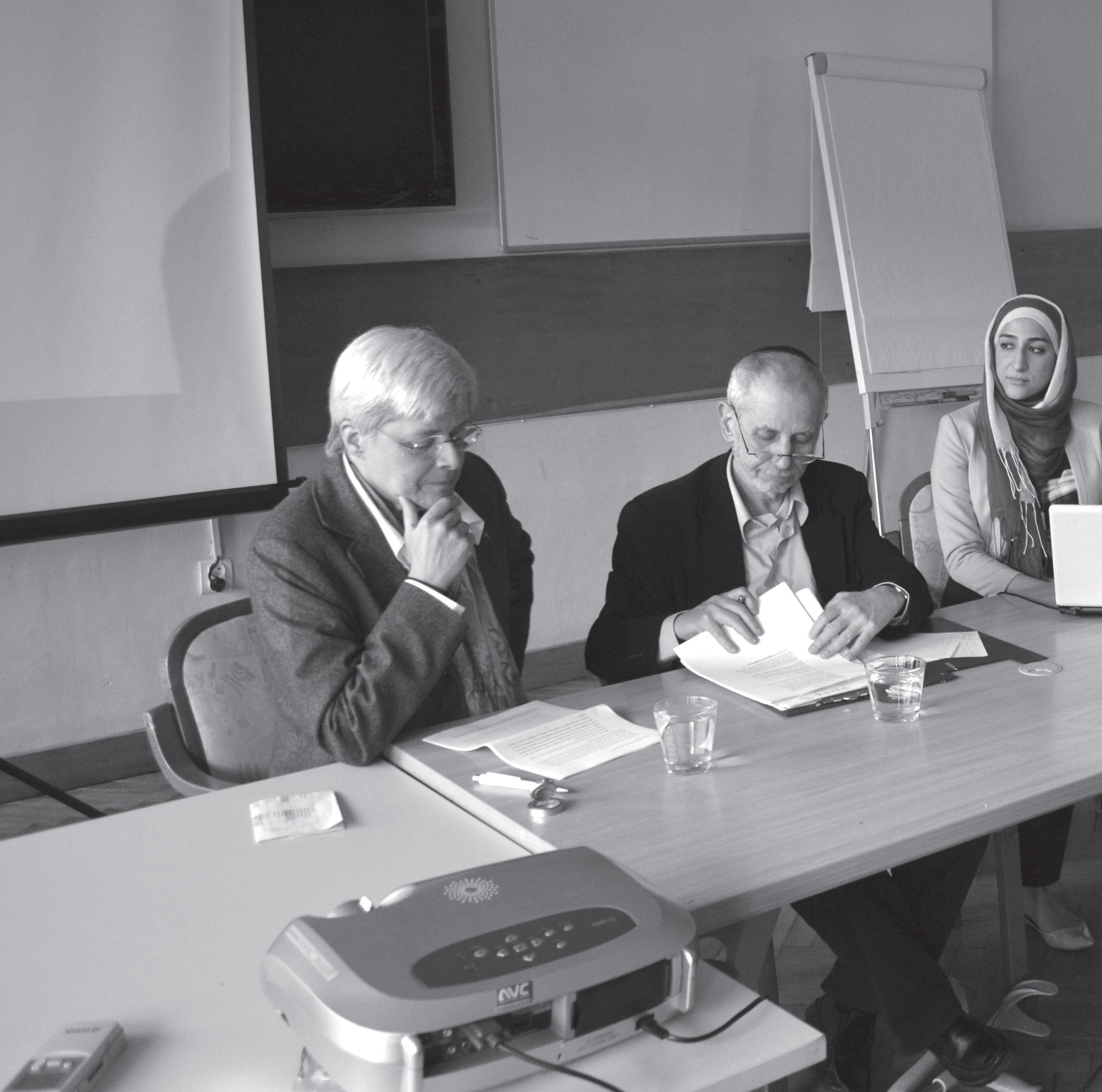
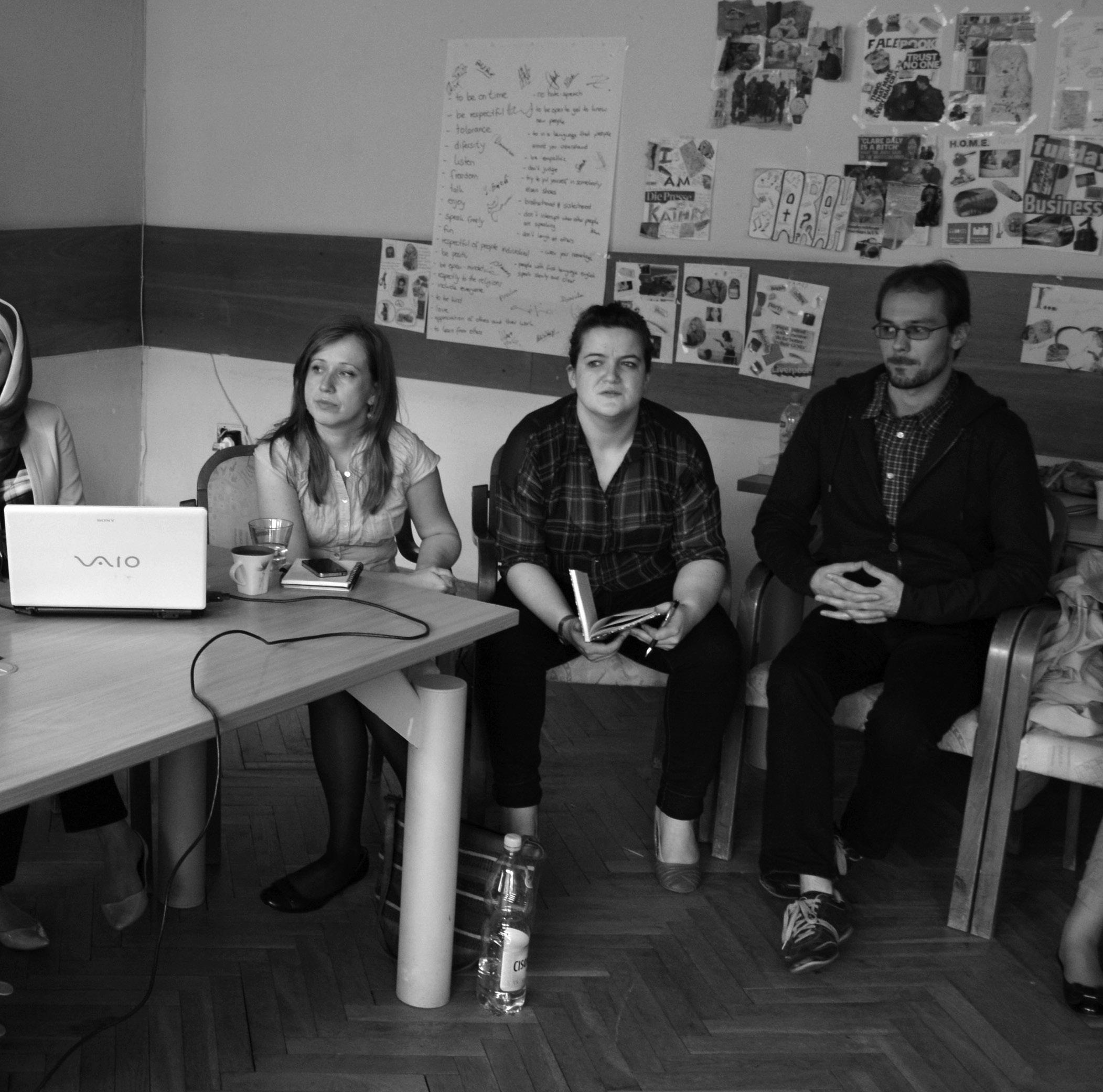
For years, now, I have been having the same conversation, in church halls, on buses, at conferences and protests across the landmass that is called North America on maps but which I know as Turtle Island.

Often it starts with a question about my accent, asking or implying "so why are you here?" I tell them about coming from the UK to work with Christian Peacemaker Teams, and describe our model of operating international violence-reduction teams to support oppressed and threatened communities working nonviolently for peace. Then they ask if I have served overseas and I gently remind them that I am overseas. I list our project sites - Iraqi Kurdistan, Colombia, Palestine and Canada. Then comes the question; 'So, where is there violence in Canada?'
We start from the beginning.
*****
Canada was never conquered. Although the colonial powers fought various wars over the territory - Britain and France, and later Britain and the US - including indigenous allies; the settlement of Canada was largely based on international treaty between the colonists and indigenous nations.
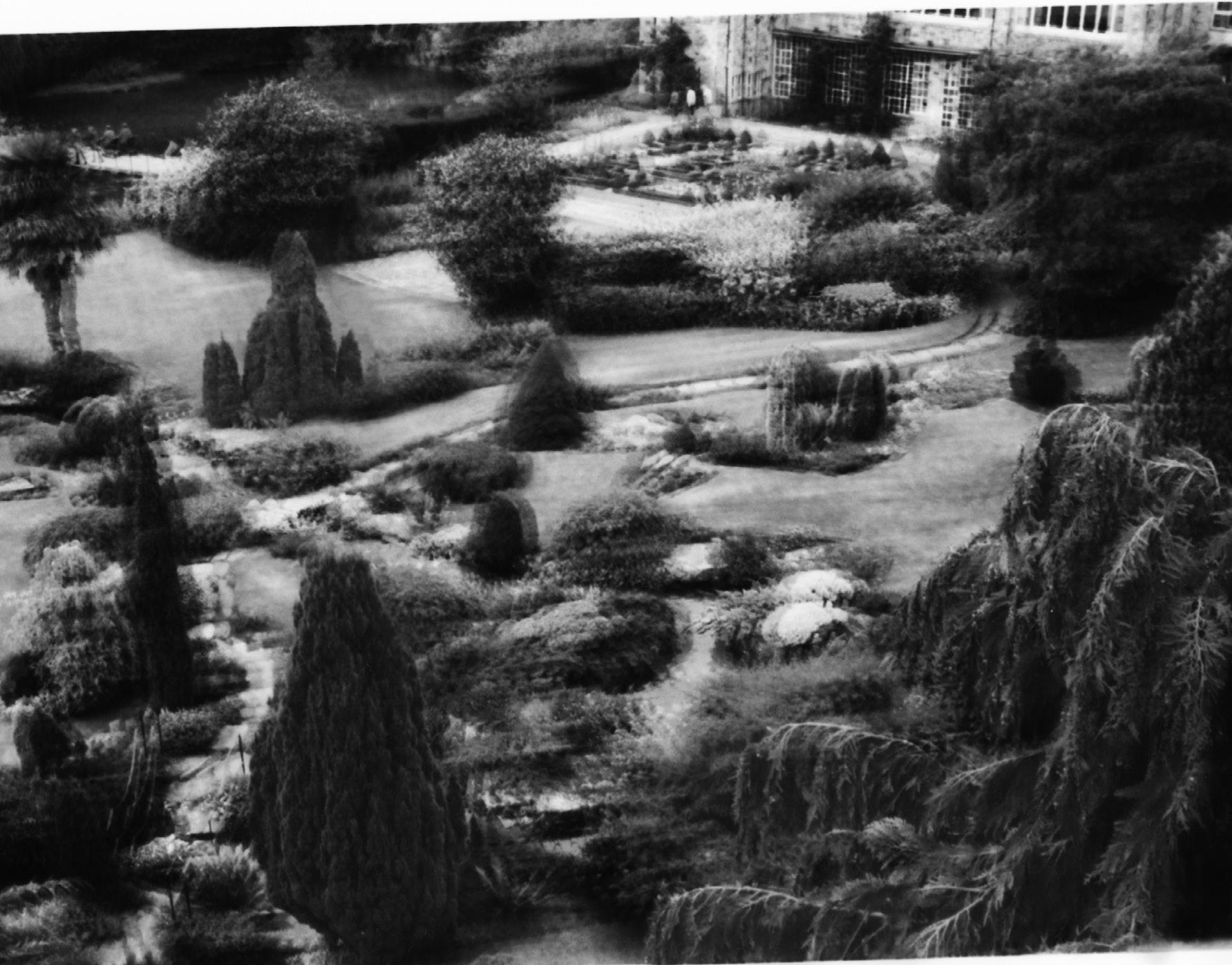
US history was different largely because they had the military might to ignore the various treaties signed before or after independence. Lacking this power, and depending on allies against the US (notably the Six Nations Confederacy during the War of 1812), generations of Canadian officials have used tricker methods to steal land. These indirect assaults are cloaked in paternalistic and Christian language, claiming an intention to civilise and save. The reality suggests otherwise.
In former generations, the government of Canada used germ warfare, police/military action, starvation, outlawing culture and spirituality and the theft of children to destroy indigenous nations, lands and languages. More recently we see treaty misinterpretation, undermining traditional governments, asserting the prerogative to grant or deny 'Indian Status', relocating populations and now trying to reclassify reserve land as 'fee simple' - making it a commodity to be traded on the open market instead of the inalienable possession of indigenous collectives.
Unable to disregard treaties and steal land directly, officials of the colonial state did it piecemeal, attempting to assimilate or eradicate the indigenous population, with the ultimate goal of eradicating the treaties by removing the indigenous nation signatories and leaving the settler nation as the sole possessor of the land.
Many Canadians do not know this history. They may know some of the critical events involving indigenous and settler peoples. There is a good chance that they will know something about the Indian Residential School system; church-run and government-funded prisons for children taken from indigenous nations in an attempt to destroy native languages and customs. Canadians might know about the widespread physical and sexual abuse in these 'schools', but are unlikely to name them as part of the colonial assimilation system nor their
purpose of assimilating land by removing its original occupants. As with any country with a genocidal history, the sheer horror of the truth sends people scrambling for scapegoats; individuals who can take the blame for a crime committed by an entire nation ― paedophile ministers, brutal police, and racist administrators. A Spirituality of Decolonization I Peter Haresnape

A spirituality of decolonisation insists we look much deeper.
*****
What is a spirituality of decolonisation? It is a way of seeing and being that disentangles creation from the poisonous mess we call colonialism - the culture of domination that subjects indigenous communities, lands, cultures and bodies to the control of settler institutions. An example of practical decolonisation would be indigenous communities having their title to their land recognised and respected by settler states. This has proved very difficult. A spiritual analysis helps us to understand what is at work. Recognising the pernicious spirit of colonialism, empire, and domination, we pray to be inspired with ways to exorcise it from our lives, institutions and relations, and to engage with the spirit of decolonisation.

Christian Peacemaker Teams started out with a clear mandate against warfare, violence and militarism. From the first days we engaged in this as a spiritual struggle as well as a desperately practical, material, physical reality. The victims of militarism demand no less a total commitment to transforming our world, and we CPTers, often from North America or Europe, were often the beneficiaries of this militarism. Coming to terms with our complicity in colonialism within North America itself took longer; and really started to come into form when CPT began to be invited as nonviolent accompaniment to indigenous direct action against destructive resource extraction projects.
During the long days and cold nights blocking logging trucks or mining operations, CPTers learned something of their colonial history from the perspective of their indigenous hosts. We began to see how our own scriptures, culture, and religious practice were complicit. Not just in the simple way in which 'go to all
nations and make disciples' supported and protected empire-building, but in defining the God's created world as property; resources to be plundered to fuel economies of growth and myths of progress.
Discovering the counter-imperial narratives of Christianity is the beginning of creating a spirituality of decolonisation, but it is essential to grapple with the Biblical passages and religious traditions that defend empire. Can we embrace the liberation story of Exodus without grappling with the blood-soaked story of the Canaanite genocide?
I lied when I said 'we start from the beginning'. This story didn't start with European settlement, but with thousands of years of the histories of the nations of Turtle Island, and with the philosophical conceit that the world could be conquered and that Christians had the right and duty to unite all peoples by force, if necessary.
My response to that, as a member of CPT, is to support indigenous justice and peacemaking initiatives, whether in direct action on the land against destructive resource extraction like logging or fracking without community consent, or in community forums for truth and reconciliation. In our activity we try to subvert colonial relationships. We bring settler folk to learn, to serve, but only at the invitation of indigenous partners. We host these partners when they come to the city to remind politicians (and all those on the land) of their treaty obligations. We question doctrine that supports domination and empire, and celebrate liberation and resurrection where it occurs.
I pray that we are animated by a spirit of decolonisation. �

It is a way of seeing and being that disentangles creation from the poisonous mess we call colonialism
– the culture of domination that subjects indigenous communities, lands, cultures and bodies to the control of settler institutions.A Spirituality of Decolonization I Peter Haresnape


Bosnia-Herzegovina has had a rich multi-cultural, multireligious history throughout many centuries. However, due to the terrible restructuring of the land and society in the last war, damage was done to the fine structure of the inter ethnic and inter religious relations. Many people took sides and considered the other as enemy.
When the reconstruction of the country started, with the help of numerous international agencies and NGO’s, some of them realized that restoring buildings and infrastructure was important, but would not bring reconciliation among divided groups.
The World Conference on Religions for Peace WCRP, from NYC, the Center for Strategic and International
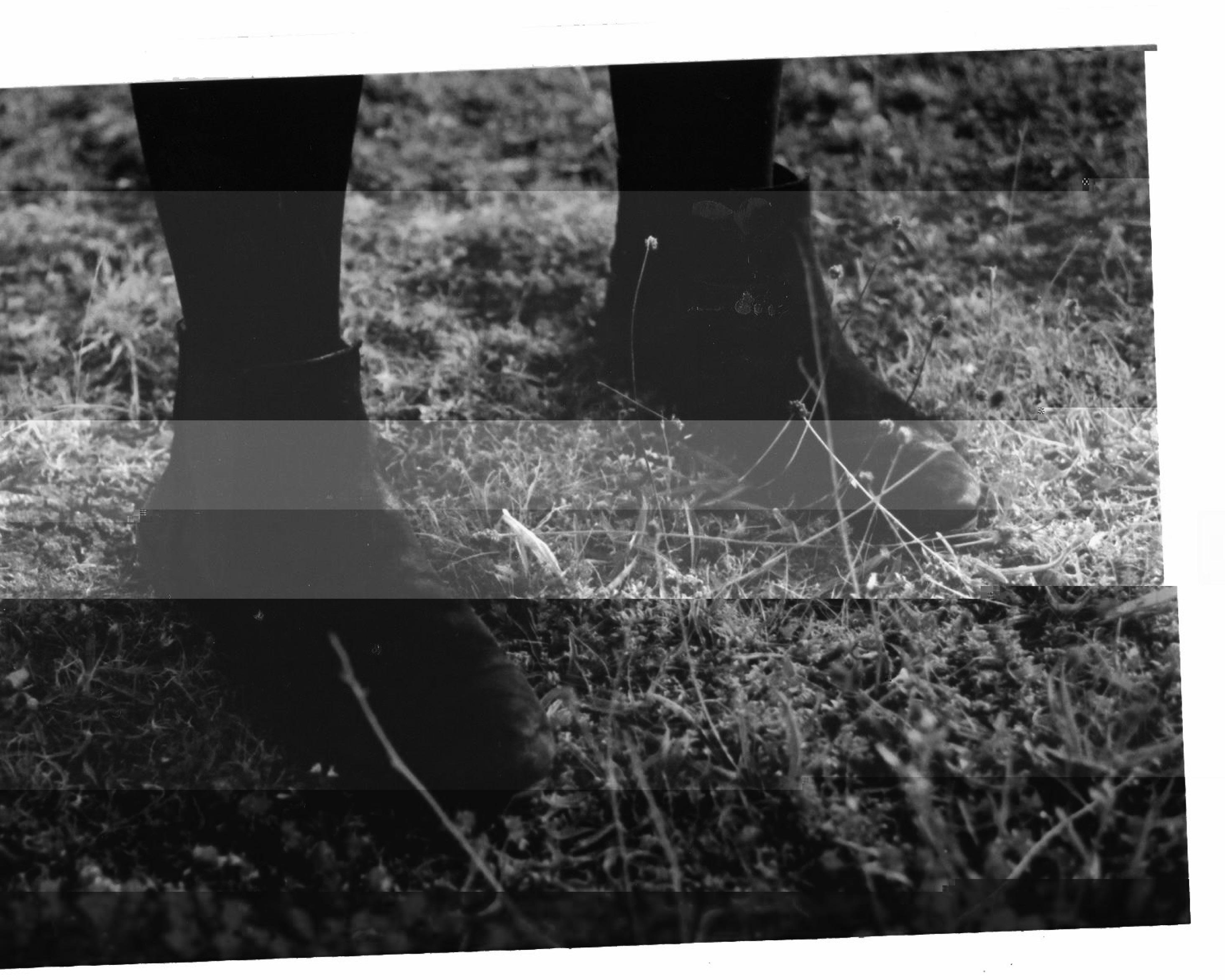
Studies CSIS, from Washington D.C. and Mercy Corps International decided to develop a strategy and initiate programs for peacemaking among the religions. The idea was to engage people in shared listening and in-depth conversations and reflection on the values of their own traditions and to help them find common understandings and shared values through the series of training seminars and workshops. People from all walks of life, from diverse religions had a chance to articulate a shared vision for peace and build relationships across ethno-religious lines, understanding the cycle of victimhood and aggression, while giving up revenge and changing biases.
The issues of grief, basic needs, fear, apology, forgiveness and justice have been addressed too. Communication skills and problem solving were also a part of training, on a grass roots level. These programs were helping in restoration of the traditional Bosnian neighborhood culture, where respect of the other had been one of the major values.

It became obvious, however, that the spiritual leaders, the heads of the religious communities were not communicating enough, or at all, in order to contribute to the restoration process. Some constructive facilitation of reconciliation process from outside was needed.
The religious leaders were very much respected by their own communities and congregations and were a strong vehicle for changing attitudes for better or worse. At the same time they were not able to find the right way to communicate with leaders from the other groups. To complicate matters at that time, just after the war, a Serb-Orthodox leader was living outside Sarajevo, in a small remote village of Sokolac.
The leaders of each of the four major religious communities were the primary actors needed in order to pursue reconciliation at an institutional level between the religious communities. These actors included the head of Moslem Community, Raisu-l-Ulema, Dr. Mustafa Ef. Ceric, the leader of Serb Orthodox Church, Metropolitan Nicolay Mrdja, the leader of Roman Catholic Church, Archbishop Cardinal Vinko Puljic, and a head of Jewish community Dr. Jakob Finci. Secondary actors were the internationals and local intermediaries who had been developing the reconciliation efforts among religious people. These included Dr. David Steele from Center for Strategic and International Studies (CSIS), Dr. Landrum Bolling from Mercy Corps International, William Vandley from the World Conference on Religion for Peace (WCRP), Dr. David Little from the United States Institute of Peace (USIP), her Excellency, U.S. Ambassador to Austria Dr. Swanee Hunt, and Vjekoslav Saje, from Center for Religious Dialogue (CRD) in Sarajevo. A third level of actors included those Bosnians with whom the intermediaries and the primary actors consulted during the process of developing the Inter Religious Council. These third-level actors included, among others: the president of Bosnia-Herzegovina, the vicar general of the Roman Catholic Church, Muslim and Franciscan professors, a Serbian Orthodox priest and Serbian Orthodox journalist who had remained in Sarajevo during the war, and a Jewish rabbi.
It was clear to these people that links needed to be established between the primary actors. But how?

The idea came through a brainstorming process on the part of several outside players who were involved
on different levels in reconciliation processes in Bosnia. Based on their experience in working with local religious leaders, these secondary actors designed a plan of how to involve the leaders of four major religious communities in a facilitated dialogue which would produce a joint institution to help solve various issues among communities in Bosnia.
Identifying a Coalition Partner among the Religious Leaders, with whom the secondary actors could work effectively
The first step in this process was to attract one of the leaders to make an initiative and try to invite the other three leaders to meet in a safe environment. The head of the Muslim Community Raisu-l-Ulema, Dr. Mustafa Ef. Ceric was very pleased with this idea, and accepted to invite them for the first meeting in his office in Sarajevo in March 1997.
Next step was to contact other leaders and convey this invitation in such a manner that they would feel open for the first communication. A leader of Roman Catholic Church, Cardinal Vinko Puljic, and a head of Jewish community Dr. Jakob Finci accepted the initiative and promised to participate. The major issue was how to get a leader of Serbian Orthodox Church, Metropolitan Nicolay Mrdja on board, as he was still residing and serving, outside of Sarajevo in a remote village of Sokolac, known as one of the notorious strongholds of Bosnian Serb army.
In order to enlist the participation of Metropolitan Nicolay, the team of secondary actors decided that, since Vjeko Saje was from Sarajevo and had enough experience of living and working with people of other traditions, that

he should be the one who would directly go to Metropolitan Nicolay’s office and residence, and explain the proposal to form an inter-religious council. It was very soon after the war, and for Vjeko to go to the territory of the former “enemy” was rather challenging. The trip turned out to be a time of attitude change for Vjeko himself. He started to humanize the other, a difficult process after several years of resentment, due to the experience of the siege of Sarajevo. To his great satisfaction, Vjeko was received with respect and attention by Metropolitan Nicolay.
After having a lunch with him and his priests, and explaining the main points of the initiative, the metropolitan agreed to go with Vjeko back to Sarajevo. For him it was also journey to uncertainty, as he had been out of Sarajevo for more than five years, and out of his main church and office. Vjeko took him and one of his fellow priests directly to the office of Dr. Ceric, the Moslem Leader, where Cardinal Puljic, and Dr. Finci had already been waiting, together with a number of the team of facilitators, the secondary actors. So, it was a first occasion when four prominent leaders of the four main religions had a chance to see each other, and start dialogue after so many years of conflict and separation. The meeting was formal but open, with some reservations, and they agreed to continue seeing each other.
Another step was to encourage them to start preparing some joint statements and documents, as a base for the future institution, which became known as the Interreligious Council. The political situation was still tense and the four religious leaders were not in the position to decide freely who would be a host and where the venue could be for the discussion on forming the joint body. At that time, the US Ambassador to Austria, Dr. Swanee

It became obvious, however, that the spiritual leaders, the heads of the religious communities were not communicating enough, or at all, in order to contribute to the restoration process.
Hunt, was engaged in different projects on women’s issues and inter religious dialogue in Bosnia-Herzegovina. Being aware of the formal problem about the venue, she offered her residence in Vienna to be a neutral and safe environment for the dialogue.
This was appreciated by all the parties involved. In May 1997, after four days of intense facilitated discussion, including both separate and joint brainstorming sessions, the first draft of the Statement of Shared Moral Commitments was successfully prepared and accepted by all four religious leaders.
Then it took the four religious leaders just one month to revise the statement and prepare the final version of the document. All four leaders, on behalf of their religious communities, accepted and signed the Statement of Shared Moral Commitments on June 6th 1997, in the presence of political figures and representatives of the international community. They committed themselves to work together on sensitive issues, and help in changing the attitudes of their people. It was also a moment when they formally announced establishing of the Inter Religious Council (IRC) with presidents to rotate every year.
In order for the IRC to function effectively, it was necessary to select as the first president someone who could be trusted by all the other religious leaders. It was decided to ask Mr. Finci from the Jewish Community to serve as the first president. The Jewish Community of Sarajevo had gained a great reputation with all groups through the even-handed way in which they administered their humanitarian relief program. As the head of this aid program, Mr. Finci gained enough credibility to receive the confidence of the other three religious leaders.

The IRC is still functioning today. It assists in many troublesome situations and prevents potential conflicts. They now deal with the return of refugees and displaced persons, religious freedoms, inter religious cooperation, general problems of reconstructing the country, restoration of religious buildings and sites that were destroyed in war, and the promotion of reconciliation on different levels. The IRC is currently developing a network of young adults who are actively participating in different training, and projects in bringing communities together.
The IRC also participates in parliamentary discussions, and in various inter-faith events around the world. For them dialogue does not have an alternative, and the hatred must be discouraged in the media and in political life. In spite of crimes and atrocities done in recent past, their stand is that reconciliation is God’s commandment and must be cherished. Justice must be accomplished through the legal system and courts must prosecute the war criminals.
In the light of what is happening in the world today, having so many acts of terrorism done in the name of religion, the IRC acted in preventing this by preaching of need to embrace, respect and know more about the other. That is the way to change attitudes and avoid so called “Clash of Civilizations”.
In spite of many unresolved issues, the formation of the IRC illustrates that Bosnia can again be a place that exemplifies co-habitation, mutual respect, and understanding of different traditions, religions and ethnicities. �
Prepared by Vjekoslav Saje Conflict Resolution FacilitatorVjekoslav Saje (Vjeko) is a Bosnian expert in conflict resolution, peacemaking and interfaith work who has studied at Harvard Law School and spoken across the world. He is a co-founder of the Inter-Religious Council of Bosnia and Herzegovina.

The IRC now deals with the return of refugees and displaced persons, religious freedoms, inter religious cooperation, general problems of reconstructing the country, restoration of religious buildings and sites that were destroyed in war, and the promotion of reconciliation on different levels.
What are the prospects for a peaceful future?
Natalia RudnichenkoNow the world is glancing at Ukraine – and from abroad sometimes it is very difficult to understand what is going on in my country. It so happened that the writing of this article coincided with my press trip to western Ukraine. During this time I paid much attention to different regional feelings – yes, it is a different area with different culture, geography and history.
Anyway, I remember a similar observation in my early childhood during the time of the Soviet Union or in the first years post-independence when regional differences were not perceived as problems. Rather these were peculiarities which made Ukraine as a country richer and more interesting for each resident. And then something happened in 2004 while there was a peaceful up-rising and meetings during the presidential election campaign of the Orange revolution when then Prime Minister Victor Yanukovich, representative of the eastern Donetsk region, and
former National Bank Governor and patriotic candidate Victor Yushchenko were in a clash for the presidential position. It was like a form of political technology to divide East and West into different worlds and fix these into people's mentality. In 2014 it was used for the separatist war.
How can it be overcome? This is a difficult question. First of all, it depends on local residents – to what degree they can forget and live further with painful memories and experience. Secondly, eastern towns and cities are badly destroyed now and need substantial renovations. Ukraine has had experience of resettling people after disaster beforewith the Chernobyl catastrophe. Also we have veterans of Afghanistan who can share how to overcome post-traumatic stress disorder. It will be a long story working out how to live with this, anyway. Now some rely on oligarchs who can allocate some money to renovate destroyed lands – in previous years they robbed these regions and the state budget, making their own wealth enormous.
What policy should the current president implement? Federalization with vast cultural and political autonomy? Leave everything like it had been previously? The best model for modern Ukraine in my opinion surprisingly seems to be the Soviet model when all regions lived with one ideology – basic Ukrainian language and traditions, where regional difference was taken for granted. For me it is obvious that the war conflict in Ukraine was artificial – there was no need to resolve the issues of “separation” by military aggression. There are political methods for resolving this situation, such as negotiations, referendums, polls etc. Moreover, new states or “republics” are not approved internationally if they have been created by illegal methods.
The position of the church is not clear in terms of whether the top church authorities are powerful enough to punish those who implement fighting. Even though both Russia
and Ukraine are predominantly Orthodox countries this didn’t stop the conflict or political situation. For many Ukrainians it is logical that the Ukrainian army protects legal borders and lands of the country so it may sound cruel but many of my compatriots had no compassion for the dead and wounded on the “other side” – this is war and human compassion is not present because next time somebody can come to your house and if you are not strong enough, you will lose everything – that is the basis of this war.
The events in the east of Ukraine proved once again that the material world is very fragile. We all are human beings with basic needs –nutrition, housing, and clothes. Many of my compatriots in the east lost everything –families, houses, literally their whole life. I think they will re-evaluate their life’s values and visions. And in this connection Christianity and different churches can contribute enormously to restoring peace in my country. �
Natalie Rudnichenko, PhD, is a journalist from Ukraine and participant of WSCF events.

The events in the East of Ukraine proved once again that the material world is very fragile […] Christianity and different churches can contribute enormously to restoring peace to my country.